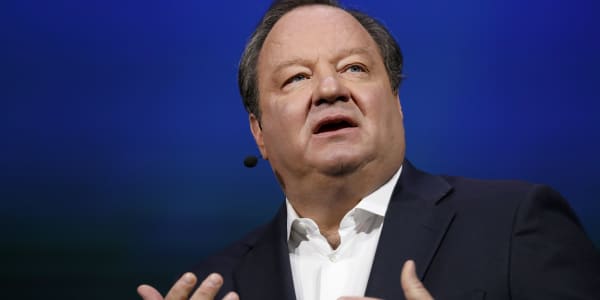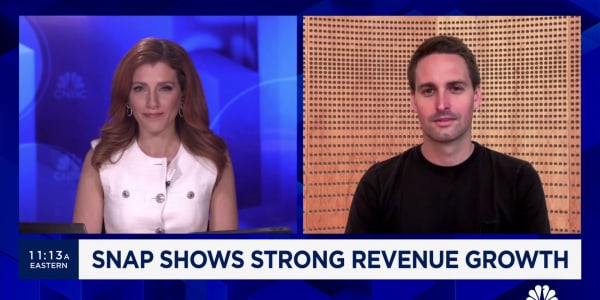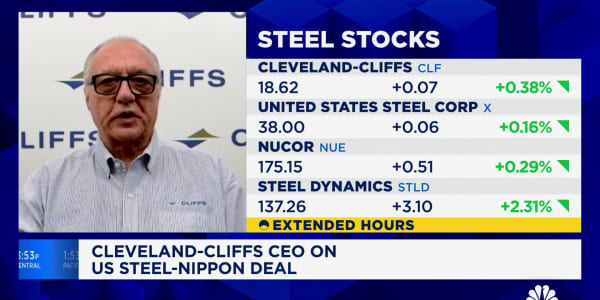A new study from the McKinsey Global Institute claims that there is little evidence to support the commonly held belief that the Federal Reserve's stimulus programs have boosted stock prices.
The study uses the measured language of consultant reports but the message most are taking from the report is clear enough: conventional wisdom about the effects of quantitative easing on equities is probably wrong. QE doesn't lift stocks.
"While corporations and governments clearly were winners, the McKinsey researchers found no evidence that the stimulus has caused the stock market to climb, as many strategists and economists contend," Nelson Schwartz of the New York Times writes on the Economix blog.

That's actually a bit of an exaggeration. The authors of the study don't say there is "no evidence" that QE has boosted equity prices. Rather, they say there is "little evidence" or that "the theoretical and empirical evidence on the impact of QE and ultra-low interest rates does not point conclusively to an increase in equity prices."
To anyone watching the market in recent months, even that claim seems extraordinary.
(Read more: High growth is onlyexit from QE : El-Erian)
We've all seen the market appear to dive when QE appeared imminent and leap upwards when this appearance dissipated. The McKinsey report notes that there have been "significant market reactions" around unanticipated announcements about QE expansion or tapering. But these reactions tended to be short-lived, according to the report.
The study evaluates three channels through which Fed stimulus could effect stocks—and finds them each wanting.
First, quantitative easing could lower the discount rate that investors use, which in turn would drive up the present value of future cash flows and therefore stock market prices. Which is to say, by lowering the risk-free rate of return available to investors, the Fed's programs could make risk assets such as stocks more attractive.
The McKinsey authors argue that rational investors should understand that the QE programs are temporary and therefore shouldn't reduce the discount rate used to value future cash flows.
(Read more: For Yellen, it was a perfect hearing)
"First, a 'rational expectations' investor who takes a longer-term view should regard today's ultra-low rates as temporary and therefore is not likely to reduce the discount rate used to value future cash flows," the report argued.
This, however, seems to be based on a misunderstanding of the way QE operates on expectations.
As I've argued before, the main effect of QE appears to be to communicate that the path of rates will remain lower for longer than previously thought, which means that the discount rate should fall while stock prices rise.
In order to change the discount rate used by investors, you don't have to convince them that rates will permanently remain at zero or that QE will last forever; you just have to convince them that the average short-term rate over a given period of time will be lower than they previously expected.
(Read more: Huge change could be coming in 2014: Schwab CIO)
The McKinsey report is more persuasive when it comes to the so-called "portfolio effect" that Fed Chair Ben Bernanke and others have cited. The idea is that as yields on fixed-income securities decline, investors shift into equities and other assets with higher yields.
This idea makes a certain blackboard economics sense but in reality investors don't switch between assets classes as easily as this idea requires.
"The portfolio rebalancing effect works only if investors see equity investment as a true substitute for fixed-income investment. There are reasons to believe that this is not the case," the report said.
Basically, investors might change the composition of their bond portfolios in chase of yield but there's not much evidence that they're willing to shift out of bonds and into equities. The money that appears to be coming into the stock market isn't coming out of bonds—it's coming from institutional investors, including foreign investors, according to McKinsey.
McKinsey looks at one other channel—increased corporate profits from lowered borrowing costs.
The final means by which ultra-low interest rates may have boosted equity prices is by increasing corporate profits. As we have discussed, our research suggests that corporate profits were boosted by about 5 percent as a result of lower interest expenses. All else being equal, this should boost equity market valuations. If the market assumes that the interest rate impact on corporate profitability is temporary, expectations of long-term future earnings will not change. We therefore estimate that, if interest rates rise to normal long-term levels after five years, equity prices should be about 1 percent higher today than they otherwise would have been, assuming that the earnings boost persists until rates rise again.
In other words, a bit of a boost but not as much as conventional wisdom would have it.
I've argued before that quantitative easing is far less effective—and therefore the taper less important—than is commonly believed. For the most part, the McKinsey report agrees with that. (Its main focus, by the way, isn't on the stock market effect. It's on the distributional effects, which are well-summarized by Nelson Schwartz here.)
But McKinsey is too quick to dismiss the effect on interest rate expectations from QE. Those are real and very likely a real boost to the stock market. Let's not over-correct the conventional wisdom's fears that QE is creating a stock market bubble.
—By CNBC's John Carney. Follow him on Twitter @Carney






